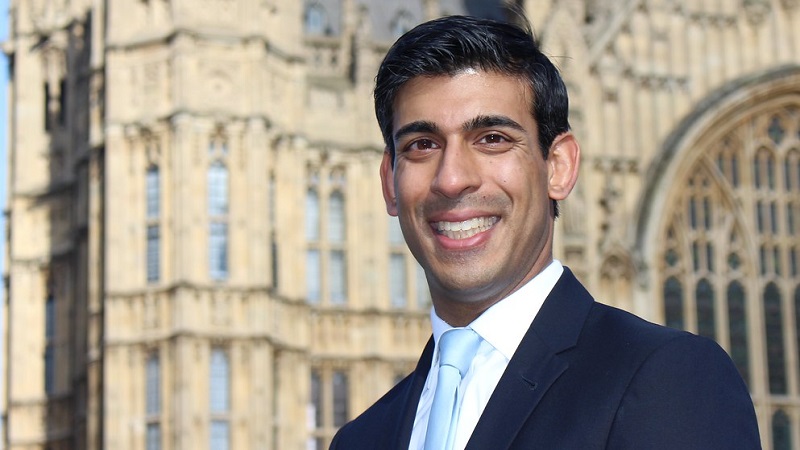Rishi Sunak has revealed better than expected predictions for economic recovery in the wake of the pandemic, with the UK’s GDP expected to return to pre-Covid levels by the middle of next year – six months earlier than previously forecast.
The Office for Budget Responsibility (OBR) has also revised its predictions for the unemployment. It now expects the rate to peak at 6.5% in the fourth quarter of 2020, down from the 11.9% predicted back in July.
Delivering his budget speech, Sunak (pictured) said that the more positive outlook showed that the government response to coronavirus “is working”. The forecast means that “growth is faster, unemployment lower, wages higher, investment higher and household income higher”.
“The OBR’s forecast of a quicker recovery than expected added to the sense of optimism that had been building on the back of the successful vaccine roll-out strategy. Global investors are increasingly viewing UK assets as a good way to access the global economic recovery story and, as other countries struggle with higher levels of vaccine hesitancy, the UK looks comparatively attractive,” said Seema Shah, chief strategist at Principal Global Investors.
Economy smaller in five years’ time
However, the OBR still expects that in five years’ time, the economy will be 3% smaller than it would have been. It predicts that GDP will grow by 4% this year, by 7.3% in 2022, before falling to 1.7% in 2023, 1.6% and 1.7% in the succeeding years.
The raft of support measures includes the extension of the furlough scheme until September, with businesses starting to contribute as they reopen, beginning with 10% in July, then 20% in August and September. The increased Universal Credit payment of £20 will continue “well beyond the end of this national lockdown”, for a further six months, with an additional increase in minimum wage from April.
Sunak also announced restart grants of £6,000 per premises for non essential retailers, followed by grants of up to £18,000 for hospitality and leisure, as well as business recovery loans between £25,000 and £10m.
JP Morgan Asset Management chief market strategist EMEA Karen Ward said: “These fiscal measures are acting like a bridge from one side of the Covid-19 crisis to the other. But bridges do not work if they only take you three quarters of the way across the ravine. The chancellor has rightly erred on the side of an extension that is potentially too long, rather than on that is too short.”
Huge challenges for public finances
However, looking beyond the pandemic, Sunak acknowledged that Covid “has created huge challenges for our public finances”.
The chancellor highlighted that the UK economy shrunk by 10% last year, the largest fall in 300 years, and that government borrowing is at a peacetime high of £355bn, 16.9% of GDP. Borrowing is forecast to be £234bn in 2021, before falling to 4.5% of GDP in the tax year 2022/23. He said that underlying debt will peak at 97.1% in 2023/24.
Sunak said that government borrowing must be addressed to give “fiscal freedom to act” in the future. He announced a number of tax rises, including an increase in corporation tax to 25% in 2023, as well as a freeze in personal tax thresholds.
The chancellor’s proposed tax rises will increase the tax burden from 34% to 35% of GDP in 2025-2026, the highest level since Roy Jenkins was chancellor in the 1960s, according to the OBR. More than half of this increase is as a result of the increase in corporation tax to 25%.
Sunak said that the alternative would be to “do nothing” and leave the debt burden to someone else. He added: “That has never been the way of a Conservative government – nor would it be the way of a responsible chancellor.”










